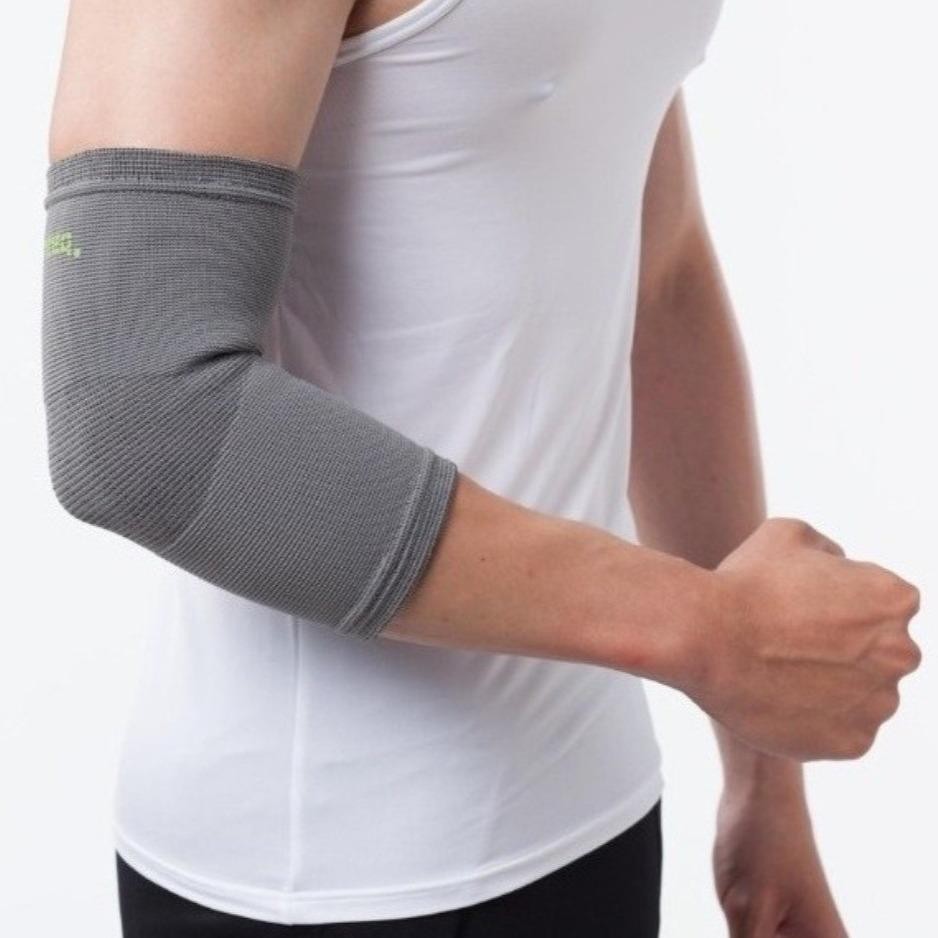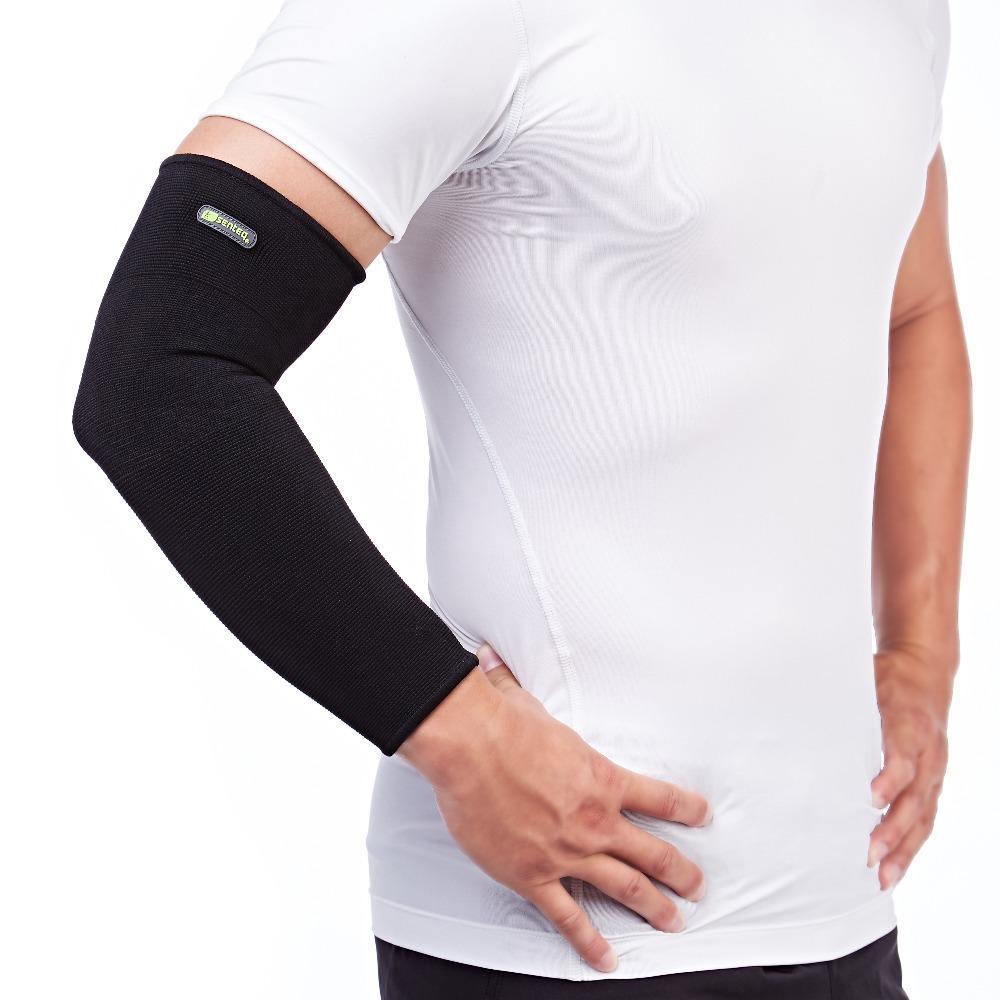Golfer's Elbow – Causes, Symptoms, Treatments, and Prevention
Golfer's elbow is a condition that causes pain on the inside of the elbow. It is a type of tendonitis, which is when a tendon becomes inflamed. Golfer's elbow is caused by overuse of the muscles and tendons in the forearm.
The condition is seen more often in golfers, hence the name, but it can also occur in other people who use their arms a lot, such as plumbers and construction workers.
What Causes Golfer's Elbow?
There are many different things that can cause golfer's elbow. But the most common is overuse. Repetitive motions of the wrist and forearm can put stress on the tendons and muscles in the elbow, causing inflammation and pain. Other potential causes include direct trauma to the elbow, arthritis, or infection.
What are the Symptoms of Golfer's Elbow?
One of the most common symptoms of golfer's elbow is pain on the inside of the elbow. This pain can range from a dull ache to a sharp, burning sensation. The pain is usually worse when you grip something tightly, lift something heavy, or twist your wrist. Other symptoms include:
-Tenderness to touch on the inside of the elbow
-Pain when extending the wrist or bending the elbow
-Weakness in the forearm and hand
-Numbness or tingling in the fingers
If you think you might have golfer's elbow, see your doctor for an evaluation. He or she will ask about your symptoms and medical history and examine your elbow. Imaging tests, such as an MRI or ultrasound, may be ordered to rule out other conditions.
How Do You Treat Golfer's Elbow?
There are several different treatments for golfer's elbow. The best course of treatment may vary depending on the severity of the condition. Some common treatments include:
Rest: This is often the first line of treatment for golfer's elbow. Resting the affected arm and avoiding activities that aggravate the condition can help to promote healing.
Ice: Applying ice to the affected area can help to reduce pain and inflammation.
Elbow Brace/Strap/Band: Wearing an elbow brace helps stabilize the elbow joint and take some of the stress off of the affected area.
Anti-inflammatory medications: Over-the-counter medications such as ibuprofen or naproxen can help reduce pain and inflammation. However, these medications should only be used as directed by a physician.
Physical therapy: A physical therapist can help to develop a rehabilitation program that includes exercises and other treatments to reduce pain and improve range of motion.
Corticosteroid injections: In some cases, corticosteroid injections may be recommended to help reduce inflammation.
Surgery: In severe cases of golfer's elbow, surgery may be necessary to repair damaged tissue.
How to Prevent Golfer's Elbow?
One of the best ways to prevent golfer's elbow is to maintain a good level of fitness and flexibility. Stretches and warm-up exercises before playing golf can also help prevent the condition.
It is also important to use the correct grip when playing golf and to avoid overuse of the muscles in the forearm. The use of an elbow brace or ice application after playing golf can also help reduce the risk of developing golfer's elbow.
If you developed golfer's elbow on the job, wearing an elbow brace/band/strap can help. It will help support your elbow and keep it from moving too much. You may also need to take breaks often to rest your elbow.
Conclusion
If you have golfer's elbow, don't despair. The condition is treatable and there are things you can do to prevent it from recurring. With proper care and treatment, you'll be back on the green in no time.





